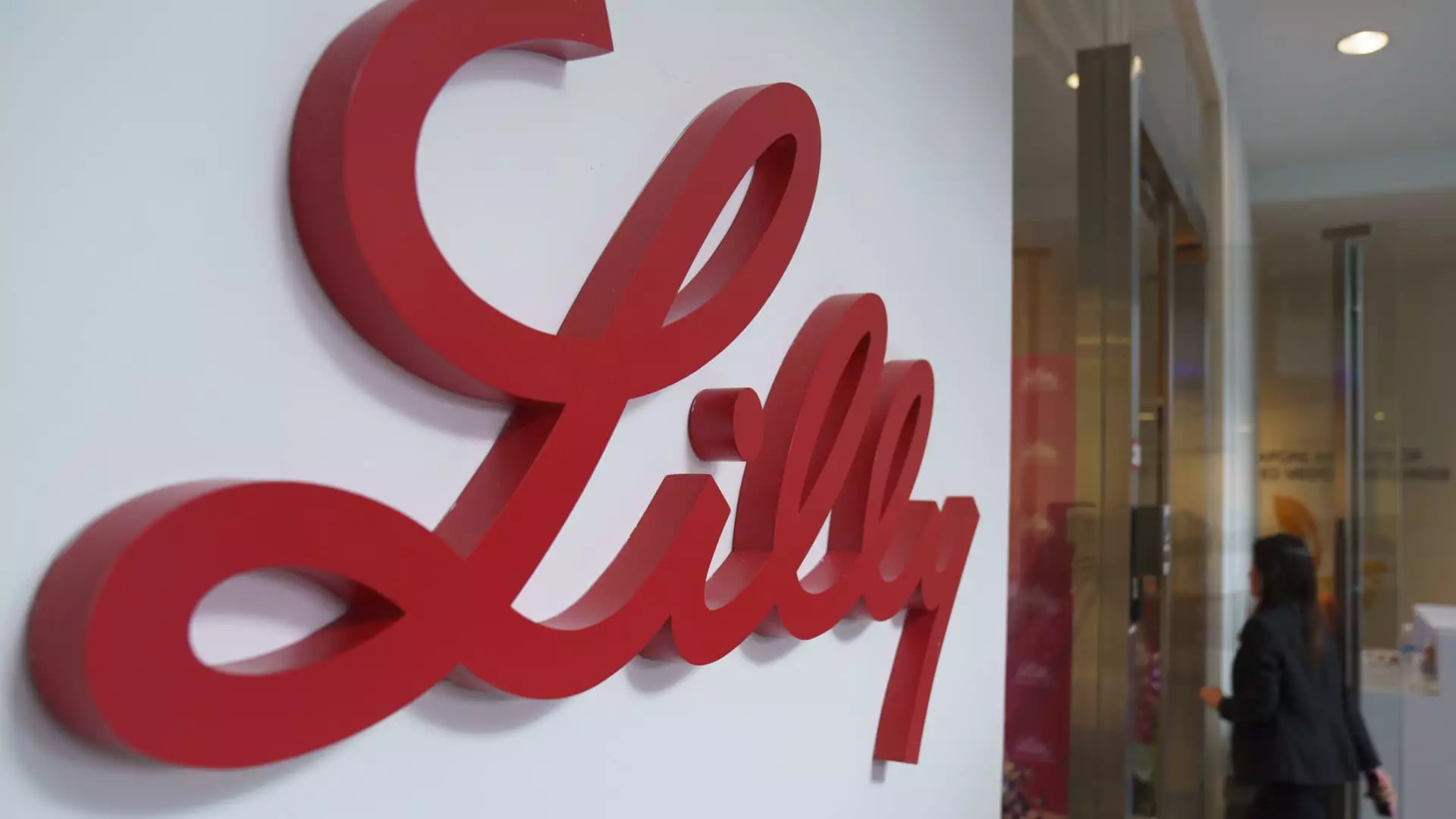Eli Lilly’s recent announcement to lower its revenue guidance highlights the volatile landscape of the pharmaceutical industry, particularly in the weight loss and diabetes treatment sector. Following the news, Eli Lilly’s stock saw a significant decline, dropping more than 7% during midday trading. The company revised its full-year revenue projections for 2024 to approximately $45 billion, down from an earlier forecast range of $45.4 billion to $46 billion articulated just a few months prior. Despite this revision, it’s noteworthy that the new figure still represents a remarkable 32% increase in revenue from the previous year, exemplifying the company’s ongoing growth trajectory.
Eli Lilly has been proactive in expanding manufacturing capacity to meet soaring global demand for its diabetes treatment, Mounjaro, and its anti-obesity drug, Zepbound. The company has invested billions to ramp up production, an effort that appears to be bearing fruit. The Food and Drug Administration (FDA) recently declared an end to the shortage of tirzepatide, the active ingredient in both of these medications, indicating that supply chains are stabilizing. Dave Ricks, CEO of Eli Lilly, detailed that the company has substantial supply coming online, predicting sustained growth in production as they aim to increase sellable doses substantially in the first half of the year.
Looking ahead, Eli Lilly anticipates a robust fourth quarter with expected revenues of around $13.5 billion, attributing about $3.5 billion of that figure to Mounjaro and $1.9 billion to Zepbound. However, Wall Street analysts had projected a slightly higher estimate for both the quarterly and annual revenues, showcasing that Eli Lilly’s revised expectations may have fallen short amidst an increasingly competitive market. The competitive dynamics are intensified by the presence of key rivals like Novo Nordisk, which are also vying for market share in the lucrative weight loss and diabetes segments.
In response to market pressures, Eli Lilly is advancing toward developing an oral obesity treatment, a move that could redefine convenience and accessibility for patients. Ricks anticipates that this innovative pill could receive regulatory approval as early as next year, further bolstering the company’s product portfolio. Despite the recent adjustments in revenue expectations, Eli Lilly is projecting sales of between $58 billion and $61 billion in fiscal year 2025, signalling confidence in its long-term growth strategies.
Eli Lilly’s experience underscores the complexities pharmaceutical companies face as they navigate manufacturing challenges and competitive pressures. As demand for effective diabetes and weight loss solutions burgeons, the company remains committed to enhancing its product offerings and supply capabilities. While recent updates may reflect a temporary setback, Eli Lilly’s proactive measures and strategic innovations suggest a resilience that may allow it to capitalize on the rapidly evolving healthcare market in the years to come.

